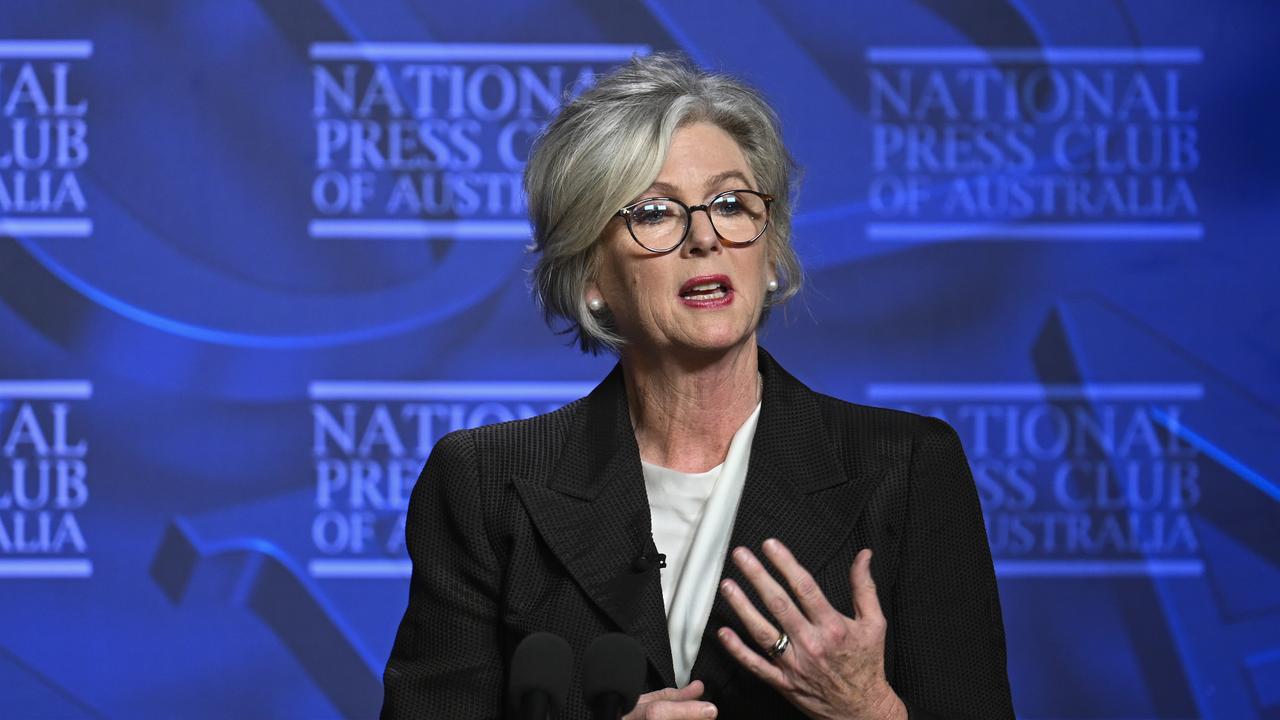Shocking reality for Aussie renters as low-cost rentals reach record low
The number of low-cost rentals across the country have hit a record low as renters battle a worsening cost of living crisis.
Lifestyle
Don't miss out on the headlines from Lifestyle. Followed categories will be added to My News.
Struggling renters have been dealt another blow with new data revealing the number of low-cost rentals has almost halved, dropping to a record low.
The number of properties listed for less than $400 a week across Australia fell to just 16.2 per cent in 2023, the latest PropTrack Market Insight Report reveals.
Just a year before, low-cost rentals made up more than a third of properties in the rental market across the country.
The new figure represents the lowest share on record of sub-$400 per week rentals in the nation’s rental market.
PropTrack senior economist Eleanor Creagh said the drop represented a dramatic new shift for renters.
“The share of affordable rentals is plummeting, meaning conditions remain challenging for low-income Australians,” Mr Creagh said.
“The increase to Commonwealth Rent Assistance is the largest in more than 30 years, but rent assistance payments have long fallen behind soaring rental prices.”
In April, national advertised rents soared by a staggering 11 per cent year-on-year off the back of historically low vacancy rates.
The report found strong demand, bolstered by rising immigration, was outstripping the supply of available rentals.

As a result, the cost of renting is climbing and the share of rental listings below $400 is set to remain low.
In Sydney, rentals below $400 per week represented about 21 per cent of the rental market in early-2020.
By April 2023, that number had fallen even further to just 9.1 per cent.
Of those rentals, the number of units sub-$400 had halved to just over 10 per cent, with houses falling to just 5.6 per cent.
Regional NSW wasn’t saved from the rental slump either, with the number of sub-$400 rentals falling more than 25 per cent in three years.
Previously, units less than $400 per week represented more than 60 per cent of the regional NSW rental market.
In April 2023, they were less than 40 per cent.
Brisbane witnessed one of the most dramatic drops in affordable rentals from about 46 per cent in March 2020 to just 10.9 per cent.
The number of units had likewise fallen from almost 50 per cent to just over 15.5 per cent.
The number of houses listed for less than $400 also fell from 43 per cent to only 7.85 per cent.
Affordable rentals in regional Queensland also fell from about 50 per cent in early-2020 to just 19.3 per cent.
Further south, low cost rentals in Melbourne fell from 38.6 per cent to just 16.5 per cent in April 2023.
Of those, only 18.9 per cent were units – down from 39.6 per cent in March 2020.

The number of houses likewise fell from 37 per cent to just 13.6 per cent.
Regional Victoria also suffered a slump of more than 40 per cent, with low-cost rentals plummeting from 76 per cent in March 2020.
Of the nation’s capitals, the ACT had the worst low-cost rental availability with just 1.83 per cent of available properties being sub-$400/week.
That number had fallen by two-thirds from the already-low 9.81 per cent figure recorded in March 2020.
Darwin likewise recorded only 8.74 per cent of rentals being under $400, down from 43.9 per cent in March 2020.
In Hobart, the rate of low-cost rentals fell from 32.7 per cent to 9.8 per cent, while in Perth the rate fell from 59 per cent to 8.1 per cent.
South Australia recorded a similar shift, with Adelaide recording a drop from about 60 per cent to just shy of 21.9 per cent.
In total, Australia’s low-cost rentals fell from about 42 per cent to 16.9 per cent, while low-cost rentals in regional Australia slipped from 57.6 per cent to 26.6 per cent.
The new data comes as leaders warn that failure to address the housing crisis in regional areas could have a serious economic impact.
Independent Indi MP Helen Haines, Real Estate Institute of Australia chief executive Anna Neelagama and Anglicare executive director Kasy Chambers made the warning at a National Rural Press Club address last week.
They said the dire situation in the regions – where approvals for new homes are seriously lagging behind population growth – was the result of a lack of political will, poor policy making and market failure.

Ms Haines said in the 35 years she’d lived in her electorate in northeast Victoria, she’d never seen the housing situation so severe.
“Whether I’m in a small town or a large regional centre, people tell me how hard it is to find a place to live that’s affordable,” she said.
“And they tell me that they’re shocked to see people living in tents or in council parks or to learn of countless people couch surfing.
“This used to be a story of the cities, but this is a story of country Australia too.”
Charity Anglicare warned earlier this year that changes introduced by Prime Minister Anthony Albanese to the Commonwealth Rent Assistance program was not “fit for purpose” and had no real impact on housing affordability.
“This payment isn’t really fit for purpose,” Anglicare Australia’s chief executive Kasy Chambers said.
“Things have changed since it came in. It’s not doing what it’s designed to do.
“We’re spending more and more on it, but it’s not having any effect on affordability.”
Labor had come under pressure in the lea- up to the 2023 budget to commit to greater action on housing cost of living.
Backbenchers campaigned for the party to deliver on a much-needed increase to Jobseeker payments as living costs soar.
Originally published as Shocking reality for Aussie renters as low-cost rentals reach record low








